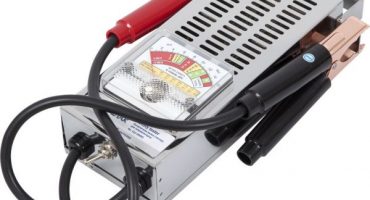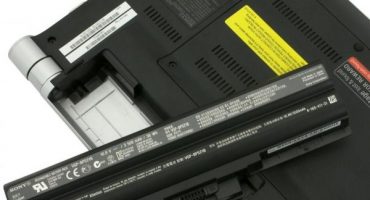Batteries have become the main source of power for modern electronic devices. The most popular are Ni-MH batteries, as they are practical, durable and can have increased capacity. But for the safety of technical characteristics during the entire period of operation, you should find out some features of the drives of this class, as well as the correct charging conditions.
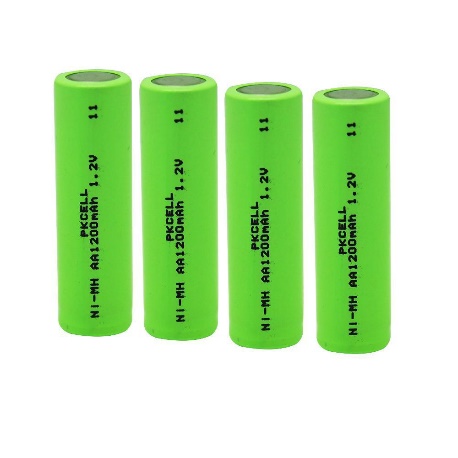
Standard Ni-MH batteries
How to properly charge Ni-MH batteries
When you start charging any autonomous drive, whether it is the battery of a simple smartphone or a high-capacity battery of a truck, a number of chemical processes begin in it, due to which the accumulation of electrical energy occurs. The energy received by the drive does not disappear, part of it goes to charge, and a certain percentage goes to heat.
The parameter by which the battery charging efficiency is determined is called the efficiency of the autonomous drive. Efficiency allows you to determine how the ratio of useful work and its unnecessary losses going to heating. And in this parameter, rechargeable batteries and nickel-metal hydride batteries are much inferior to Ni-Cd drives, since too much of the energy spent on their charge goes in parallel to heating.

Nickel metal hydride storage can be restored independently
To quickly and correctly charge a nickel metal hydride battery, you must set the correct current value. This value is determined based on such a parameter as the capacity of an autonomous power source. You can increase the current strength, but this should be done at certain stages of charging.
Especially for nickel-metal hydride batteries, 3 types of charging are defined:
- Drip. It runs to the detriment of battery life, does not stop even after reaching 100% charge. But with drip charging, a minimum amount of heat is released.
- Fast. Following the name, we can say that this type of charging proceeds a little faster, due to this input voltage within 0.8 Volts. At the same time, the efficiency level rises to 90%, which is considered a very good indicator.
- Charge mode. It is necessary to charge the drive to its full capacity. This mode is carried out using low current for 30-40 minutes.
The features of the charge end here, now we should consider each mode in more detail.
Features of drip charging
The main feature of the drip charging of NiZn, as well as Ni-MH batteries, is the reduction of its heating during the course of the entire process, which can last until the full capacity of the drive is restored.

Standard Charger for Ni-MH Batteries
What is remarkable for this kind of charging:
- A small current, respectively - the lack of a clear framework for the potential difference. The charge voltage can reach its maximum without any negative impact on the life of the drive.
- Coefficient of performance within 70%. Of course, this indicator is lower than the others, and the time required to fully restore the capacity increases.But this reduces the heating of the battery.
The above indicators can be classified as positive. Now you should pay attention to the negative qualities of drip charging.
- The drip recovery process does not stop even after the restoration of the full capacity. The constant effect of even a small current, when the battery is fully charged, quickly makes it unusable.
- It is necessary to calculate the charge time based on factors such as current strength, voltage and Battery capacity. Not very convenient, and some users may take too much time.
Modern nickel-metal hydride power sources do not perceive droplet charge as negatively as older models. But manufacturers of chargers are gradually abandoning the use of such a restoration of battery capacity.
Fast charge mode for Ni-MH batteries
Nominal charge indicators for nickel metal hydride batteries are:
- The current is within 1 A.
- Voltage from 0.8 V.
The data from which should be repelled. For the fast charge mode, it is best to set the current strength to 0.75 A. This is quite enough to restore the drive in a short period of time and at the same time not reduce its operational life. If you raise a current of more than 1 A, then the consequence may be an emergency pressure release, at which the trigger valve opens.
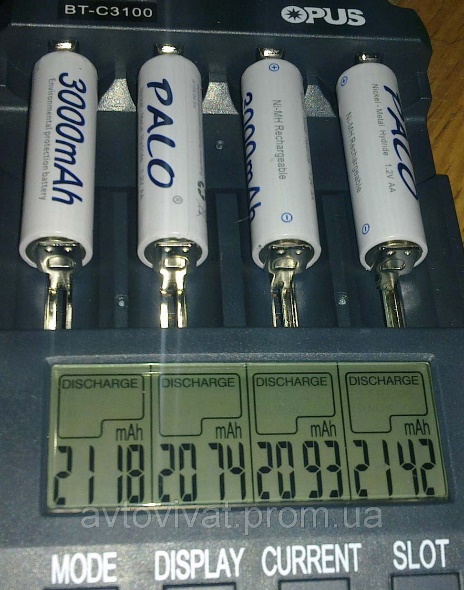
Accurate current memory
In order for the fast charging mode not to harm the battery, it is necessary to monitor the end of the process itself. The efficiency of quick recovery of the capacity is about 90%, which is considered a very good indicator. But at the end of the charging process, the efficiency drops sharply, and the consequence of this drop is not only the release of a large amount of heat, but also a sharp increase in pressure. Of course, such indicators negatively affect the durability of the drive.
The fast charge process consists of several stages, which should be considered in more detail.
Confirmation of the presence of charge indicators
Process sequence:
- A preliminary current is applied to the poles of the drive, which is not more than 0.1 A.
- The charge voltage is within 1.8 V. At a higher rate, fast battery charging will not start.
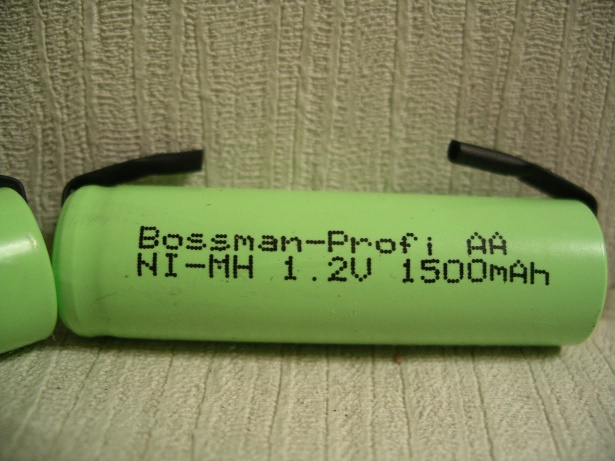
Medium Capacity Nickel Metal Hydride
The logic circuitry in the chargers is programmed for lack of battery. This means that if the output voltage is more than 1.8 V, the charger will perceive such an indicator as the lack of a power source. A high potential difference also occurs when the battery is damaged.
Power supply capacity diagnostics
Before starting the restoration of the capacity, the charger must determine the level of charge of the power source, so the fast recovery process cannot begin if it is completely discharged and the potential difference is less than 0.8 V.
To restore the partial capacity of the nickel-metal hydride storage, an additional mode is provided - a preliminary charge. This is a gentle mode that allows the battery to "wake up". It is used not only after a full restoration of the capacity, but also for long-term storage of the battery.
It should be remembered that to preserve the operational life of nickel-metal hydride power sources, they cannot be completely discharged. Or, if there is no other way, then do it as rarely as possible.
What is pre-charge? Process features
To know how to properly charge the battery, you need to deal with the pre-charge process.
The main feature of the preliminary recovery mode of the tank is that it takes a certain period of time, not more than 30 minutes. The current strength is set in the range from 0.1 A to 0.3 A. With these parameters, there is no undesirable heating, and the battery can easily “wake up”.If the potential difference exceeds 0.8 V, the pre-charge is automatically turned off and the next stage of capacity recovery begins.
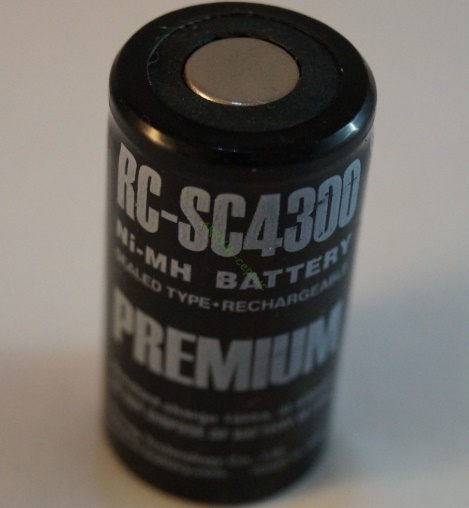
A variety of nickel metal hydride products
If after 30 minutes the voltage of the power source has not reached the level of 0.8 V, this mode is terminated, since the charger determines the power source as faulty.
Fast battery
This stage is the very one that quickly charges the power source. It proceeds with the obligatory observance of several basic parameters:
- Monitoring the current strength, which should be in the range of 0.5-1 A.
- Control over time indicators.
- Constant comparison of potential differences. Disabling the recovery process if this indicator drops by 30 mV.
It is very important to monitor the change in voltage parameters, since at the end of fast charging the battery starts to heat up quickly. Therefore, the memory includes separate nodes responsible for monitoring the voltage of the power source. For this purpose, the voltage delta control method is specially used. But some manufacturers of memory devices use modern developments that turn off the device in the long-term absence of any changes in the potential difference.
A more expensive option is to install the controller for temperature changes. For example, when the temperature of a Ni-MH drive rises, the fast recovery mode automatically turns off. This requires expensive temperature sensors or electronic circuits, respectively, and the price of the charger itself rises.
Recharge
This stage is very similar to pre-charging the battery, in which the current is set within 0.1-0.3 A, and the whole process takes no more than 30 minutes. Recharging is necessary, since it is it that allows you to align electronic charges in the power source, and increase its operating life. But with a longer recovery, on the contrary, accelerated destruction of the battery occurs.
Features of ultrafast charging
There is another important concept for recovering Ni-MH battery capacity - ultra-fast charging. Which not only quickly restores the power source, but also extends its operational life. This is due to one interesting feature of Ni-MH batteries.
Metal hydride power supplies can be charged with increased currents, but only after reaching 70% capacity. If you miss this moment, then the overestimated current parameter will only lead to the rapid destruction of the battery. Unfortunately, manufacturers of storage devices consider installing such control nodes on their products too costly, and use simpler fast charging.
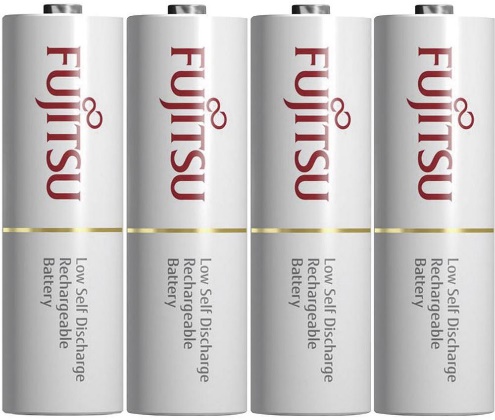
Convenient Finger Power Supplies
Superfast charging should only be done on new batteries. High currents lead to rapid heating, the next stage of which is the opening of the pressure shutoff valve. After opening the shutoff valve, the nickel battery cannot be restored.
Choosing a charger for Ni-MH batteries
Some memory manufacturers are tilting toward products made specifically to charge Ni-MH batteries. And this is understandable, since these power sources are the largest in many electronic devices.
It is necessary to consider in more detail the functionality of chargers designed specifically to restore the capacity of nickel-metal hydride batteries.
- Mandatory presence of several protective functions, which are formed by a certain combination of some radio elements.
- The presence of a manual or automatic mode for adjusting the current strength. Only in this way will it be possible to set the various stages of charging. The potential difference is usually taken constant.
- Automatically recharges the battery, even when it reaches 100% capacity.This allows you to constantly maintain the basic parameters of the power source, without prejudice to the operational life.
- Recognition of current sources operating in a different way. A very important parameter, since some types of batteries can explode if the charge current is too high.
The latter function also belongs to the category of special ones and requires the installation of a special algorithm. Therefore, many manufacturers prefer to abandon it.
Ni-MH power supplies are widely popular because of their durability, ease of use, and affordable price. Many users managed to evaluate the positive qualities of these products.

